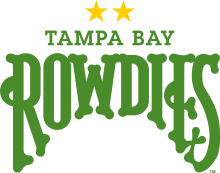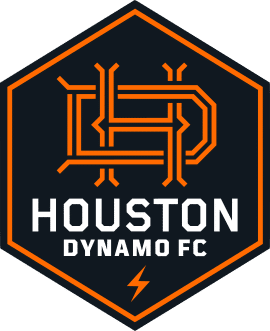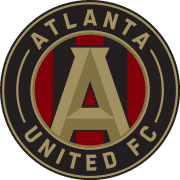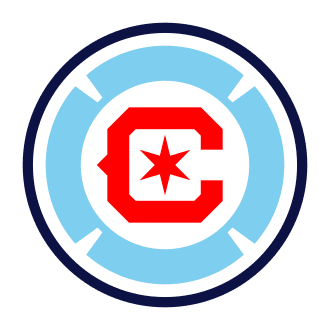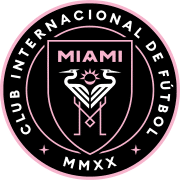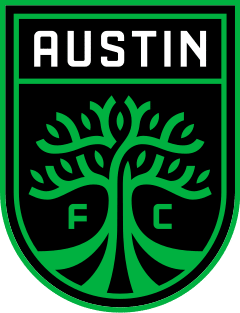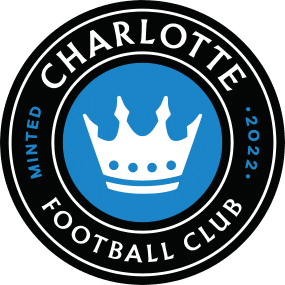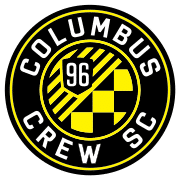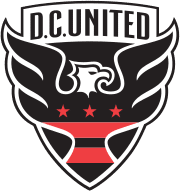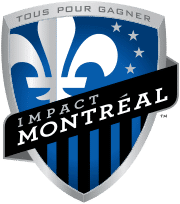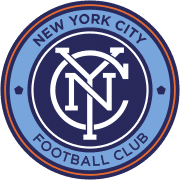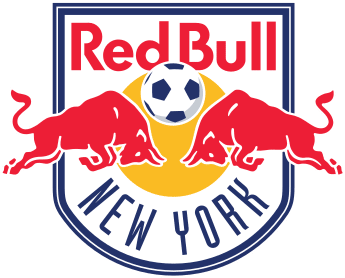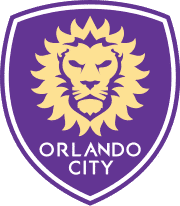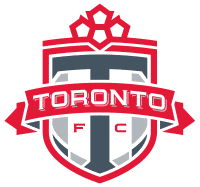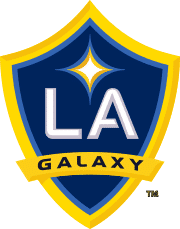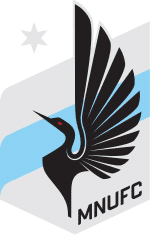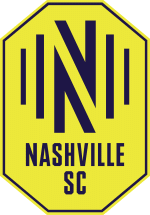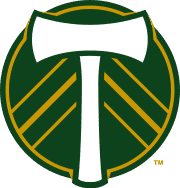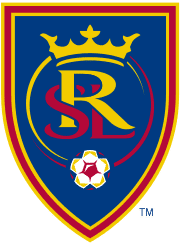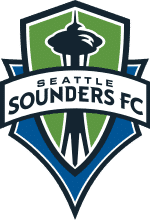Tampa Bay Rowdies Tryouts & Club Guide: History, Stadium, Players, and More!

Welcome!
Discover the world of soccer with fcscout.com, your go-to scout for club tryout information, club guides, player profiles, in-depth product reviews, and more. We’re dedicated to exploring and revealing the best in each domain, empowering you with knowledge to make informed choices.
Thank you for being here!
Hi, I’m Carlos! A coach, sports enthusiast, and the founder of FCScout.com.
I fell in love with the game at a very young age like many of you. I’ve been following and playing soccer for many years.
Throughout my career, I always enjoyed helping soccer players chase their dreams, which is why I started this website. I wanted to reach a larger audience outside of my local area and fcscout.com was born.
This website is a platform I will be using to update club pages on any tryouts, stadiums, players, tech, and more from clubs around the world. I also create free recruitment profiles for players looking to have that extra competitive edge when reaching out to clubs.
That’s it. That’s my pitch for you to stick around (or browse the site as you please).
This is already too much text for a “see more” drop-down button thing. If you want to reach out to me, head on over to my contact page 🙂
The Tampa Bay Rowdies are an American professional soccer team based in St. Petersburg, Florida. The club was founded in 2008 and first took the pitch in 2010. Since 2017, the Rowdies have been members of the USL Championship in the second tier of the American soccer pyramid.
Tampa Bay Rowdies Youth Development System
The Tampa Bay Rowdies Network is an affiliation program between Youth Soccer Clubs, Leagues, Associations, Community Based Programs (CBOs) and the Rowdies. It is designed to provide exclusive growth opportunities to the participants and access to Rowdies’ resources, assets and more.
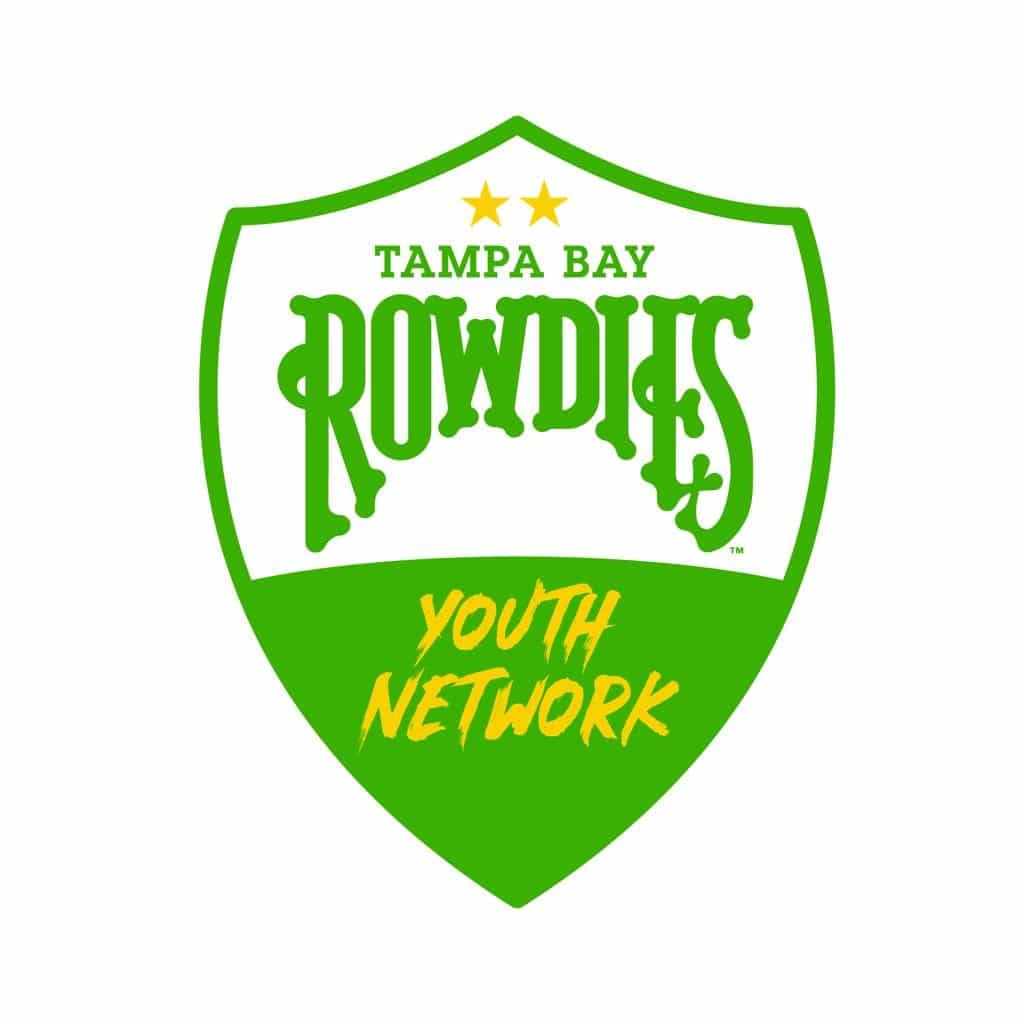
Tampa Bay Rowdies Programs
| OPEN TRYOUTS | Players aged 16 and up are invited to showcase their skills in front of Head Coach Neill Collins and his coaching staff. |
| LITTLE ROWDIES | Beginner-based soccer programming that creates a safe and fun learning environment. This camp is open to all U02-U06 players (Boys and Girls). |
| PRE-GAME YOUTH CLINIC | On select home games, Rowdies Technical Staff will lead a 60 minute Pre-game youth clinic (U06-U14) that covers a variety of techniques and skills. |
| APPRENTICE PROGRAM FOR COACHES | Tampa bay Rowdies and Florida Youth Soccer Association work together on a Summer program that allows FYSA competitive Coaches in a week long experience with the Rowdies Technical staff. |
| APPRENTICE PROGRAM FOR PLAYERS | Tampa bay Rowdies and Florida Youth Soccer Association work together on a program that allows FYSA players to experience a “day with the Rowdies” at Al Lang Stadium. Players U16-U19. |
| COACHING EDUCATION | The course (Foundations of Coaching) is devoted to technical and tactical uses of small-sided games, the study of systems of play and a practice teaching component. |
| TRAIN WHERE THE ROWDIES TRAIN | This year, Al Lang and Al Lang Mini-field are open to FYSA (Florida Youth Soccer Association) Recreational and Competitive programs for training sessions. |
| WEBINARS & WORKSHOPS | Tampa Bay Rowdies work on relevant content to Clubs, Coaches, Players, Refs, and Parents. Tampa Bay Rowdies will provide subject-matter experts (SME) on many topics, including, but not limited to, Pro Coach / Manager, Community Engagement, Corporate Partnerships, Marketing and New Businesses. |
Tampa Bay Rowdies Recruitment Trials
At the time of this writing, there is no official academy/trial information for Tampa Bay Rowdies. Please come back at a later date while we monitor this club or click here to visit their official news section for more information.
EXPLORE MORE CLUBS!
Explore more professional clubs by continent.
History
Original North American Soccer League expansion franchise the Tampa Bay Rowdies played at Tampa Stadium for 10 seasons from 1975 to 1977. For three consecutive years (1976, 1979-1980, and 1983), the Rowdies dominated NASL indoor tournaments, winning three titles in the process. It was in the AISA, the ASL, and the APSL that the Rowdies last competed before collapsing in 1993.
For fewer than ten years between the debut season of the previous Rowdies franchise in 1975 and FC Tampa Bay’s first season in 2010, a team called the Tampa Bay Mutiny competed in the Major League Soccer, between 1996 and 2001. As a nod to their roots as one of two former Rowdies franchises, the Mutiny have worn alternate jerseys and even a shirt with the Rowdies and Mutiny logos on it in the past.
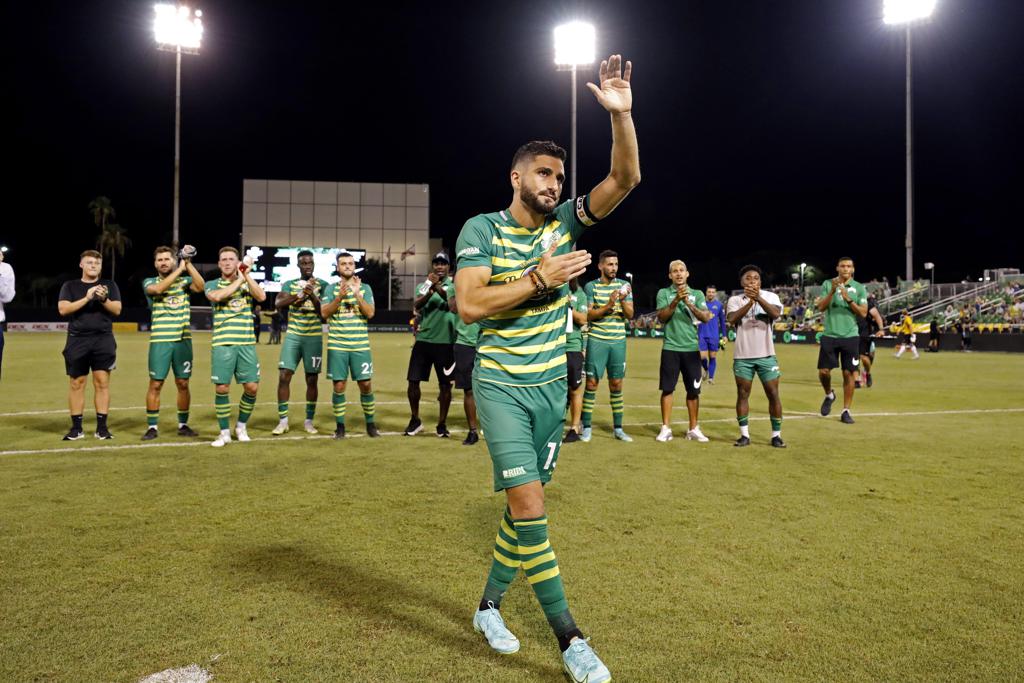
Local businessmen David Laxer, Andrew Nestor and Hinds Howard revealed on June 18, 2008, that they were planning to launch a new soccer club, FC Tampa Bay Rowdies, which would resurrect the Rowdies moniker and begin play in 2010 as an expansion team in the USL First Division. It was then revealed that a new North American Soccer League (NASL) would begin play in 2010 with FC Tampa Bay as one of its co-founders.
The USSF Division 2 contract, which formed a one-season-only league including teams from both the USL and the new NASL, overruled these plans. Bill Edwards, a local businessman, acquired the club’s majority ownership in December of that year. St. Petersburg City Council has yet to approve the purchase of the Rowdies by the Tampa Bay Rays for an unknown sum. Vice-chairmen Matthew Silverman and Brian Auld were named when the deal was completed.
Name Change
Because of an ongoing dispute with sports apparel business Classic Ink over the rights to the Tampa Bay Rowdies name and related trademarks, FC Tampa Bay was established in January 2010. Until the squad decided in October 2010 that it would not use the “Rowdies” nickname until the ongoing rights matter was addressed, the name was still used unofficially by the club.
After two seasons of play, the club announced on December 15th, 2011, that it had finally acquired a licensing arrangement to utilize the “Rowdies” name and vintage emblems, allowing it to alter its name back to “Tampa Bay Rowdies” before the 2012 season.
Stadiums
Al Lang Stadium
Since 2011, the Rowdies have called Al Lang Stadium, a former baseball stadium with a capacity of 7,500 people on the waterfront in downtown St. Petersburg, Florida, home. As soon as the team moved in, the pitch extended from the third base grandstand to the right field wall, and temporary seats along one sideline were used to accommodate spectators. Since then, the set-up has been altered to give soccer fans a more traditional game-day experience.
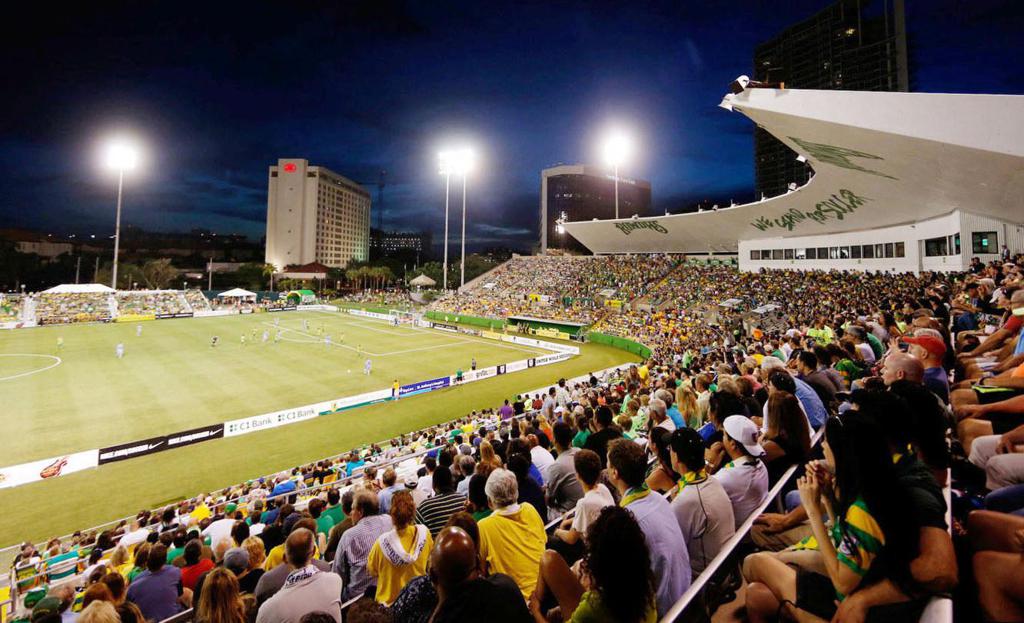
The pitch was rearranged to run from the grandstand to the left field wall after a large restoration in 2015. Some of the original right field wall was demolished and new semi-permanent bleachers were erected along the south sideline, bringing many more seats closer to the action and making Al Lang Stadium more soccer friendly.
Stadium management
As a result, the pitcher’s mound and clay infield had to be regularly restored and removed, putting a lot of wear and tear on the stadium’s turf. The Rowdies have occupied Al Lang Stadium exclusively since 2011, but the stadium was still used for exhibitions and amateur baseball games during spring and summer seasons before that. St. Petersburg investor Bill Edwards voiced concern with the condition of the playing surface and the aging facilities at Al Lang Stadium after acquiring a majority stake in the team in 2013.
The Rowdies filed a lawsuit in July 2014 against the St. Petersburg Baseball Commission, alleging that the commission was not properly maintaining the “dilapidated” facilities, after months of being denied in their complaints about poor turf, leaky pipes, broken seats, and other difficulties. A contract between Edwards and the city of St. Petersburg, which handed Edwards’ Big 3 Entertainment firm sole management control of Al Lang Stadium, was reached in October 2014 and settled the conflict. When Edwards agreed to perform $1.5 million in modifications to make Al Lang more soccer-friendly, the facility would no longer be used for spring baseball.
Former stadiums
The club’s proprietors stated plans to build a 5000-seat soccer stadium near the Veterans Expressway in northwest Tampa when it was created in 2008. Noise and parking complaints from nearby homes prompted the Hillsborough County Commission to put these plans on hold in early 2009. Football Club Tampa Bay elected to play their initial season in George M. Steinbrenner Field, an 11,000-seat baseball stadium in West Tampa, following a thorough investigation of other potential venues. The Tampa Yankees, the Class A-Advanced affiliate of the New York Yankees, shared a facility with the team, which caused some issues.
Because the seasons of the two clubs overlapped for much of the summer, it was difficult to schedule home games. It was impossible to remove the pitcher’s mound and the infield dirt and build up the soccer field across the outfield from the right field foul line to the left center field. Smaller-than-average soccer pitches were made, and a major amount of one attacking third was covered in clay. Since jogging on wet clay and causing damage to soggy turf is impossible and dangerous during Tampa’s summer rainy season, the Rowdies were not allowed to take the field. In light of these issues, the soccer team decided to relocate for their second season at Al Lang Field.
Future plans
St. Petersburg began work on a waterfront master plan, which includes Al Lang Stadium, in 2013. A soccer park complex centered on a new soccer-specific stadium has been proposed as an alternative to replacing the entire stadium and its adjacent parking lots. There were hopes that Bill Edwards, a former owner of the Rowdies, would replace Al Lang Facility with an 18,000-seat soccer stadium, allowing the team to join Major League Soccer.
Club Culture
Badge
A green and yellow striped shield containing the club name (FC Tampa Bay) and crowned with a star resembling the original Rowdies’ triumph in the Soccer Bowl 1975 was used as the team’s first badge in 2010. Before the 2012 season, the “Rowdies” text logo was replaced with a second star, which was added after the team won the Soccer Bowl 2012.
Supporters
In honor of “Ralph Rowdie,” a mustached footballer shown in the original Tampa Bay Rowdies emblem, Ralph’s Mob is an independent supporter group supporting the Rowdies. The “Fannies” of the early Rowdies were noted for their green and gold striped scarves, stockings, and face paint, and they still do the same thing today: loudly support for their team and tease the opposition. At home games, Ralph’s Mob has a dedicated seating area. Attending away games is another popular activity for Rowdies’ fans, especially when the team visits in-state rival Fort Lauderdale for a matchup. The Skyway Casuals, a second group of fans from Bradenton and Sarasota south of the Skyway Bridge, offer a third option.
Rivalries
The Rowdies and Fort Lauderdale Strikers have long been regular rivals. Florida Derby was initially utilized in 1977 by the Tampa Bay Rowdies and the Fort Lauderdale Strikers of the old NASL in a rivalry between the two original NASL teams. With each city having an MLS team, this term was resurrected in the late 1990s (the Tampa Bay Mutiny & Miami Fusion). Florida Derby returned to American soccer in 2010 after a nine-year break, when the modern teams first faced off against each other. After Bill Edwards, owner of the Rowdies, won a 2017 summary judgment in a case against the Strikers, the rivalry is still in limbo. The rights to the moniker “Fort Lauderdale Strikers” and any variations of it now belong to Edwards.
Coastal Cup
It was only in 2010 that the Rowdies and Strikers competed for the Coastal Cup, but with the additions of Jacksonville Armada FC in 2015 and Miami FC in 2016, the competition has expanded to four teams.
